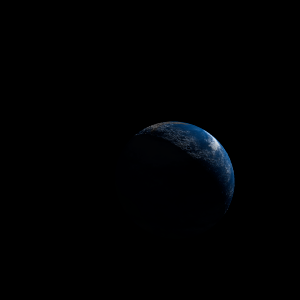|
|
Space Astro
|
Info for exoplanet "Isefu"
| Scientific (actual) data |
|---|
| Name | Kepler-1323 b |
| Planet status | Confirmed |
| Radius | 0.136 |
| Orbital period | 0.929907 |
| Discovered | 2016 |
| Updated | 2021-02-05 |
| Tconj | 2454970 |
| Publication | Announced on a website |
| Detection type | Primary Transit |
| Alternate names | 2MASS J19312934+4605559 b, K02717.01, KIC 9467404 b, KOI-2717 b, KOI-2717.01, WISE J193129.34+460555.6 b |
| Star name | Kepler-1323 |
| Right ascension | 292.87° |
| Declination | 46.1° |
| Mag j | 11.387 |
| Mag h | 11.147 |
| Mag k | 11.122 |
| Star distance | 530 |
| Star metallicity | 0.02 |
| Star mass | 1.18 |
| Star radius | 1.4 |
| Star age | 3.55 |
| Star temperature | 6169 |
| Star alternate names | 2MASS J19312934+4605559, KIC 9467404, KOI-2717, WISE J193129.34+460555.6 |
| Wikipedia article | Kepler-1323 b |
Back
| |
| Fictional info (?) |
|---|
| Suggested name | Isefu |
| Planet type | Cold planet |
| As seen relative to the fixed stars, it rotates on its axis exactly three times for every two revolutions it makes around Kepler-1323.
The volume of water ice in the south polar ice cap, if melted, would be sufficient to cover the entire planetary surface to a depth of 13 meters.
The scary oceans are said to have friendly ultra advanced plants, the "Lufef Ezipo", that spend their life close to volcanos by consuming plants if the weather permits it. Most of them are somewhat similar to the Unelo'julor'e but with fur and vary in size from 70 to 130 cm. Lufef Ezipo can endure temperatures from 60 to 110°C and even ultra violet light which is common on Isefu. |
| Estimated population | 700 |
| Atmosphere | Methane | 48% |
| Oxygen | 32% |
| Water | 15% |
| Carbon dioxide | 5.3% |
| Atmospheric pressure | 40 bar |
 |
| No known satellites |
| Google search for Isefu |
|
Website by Joachim Michaelis
|
|
|
|